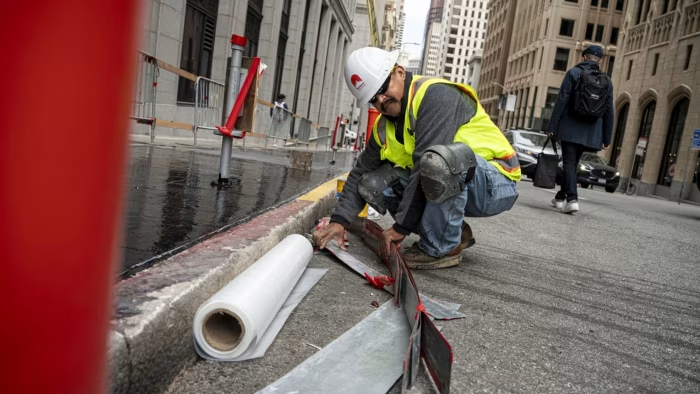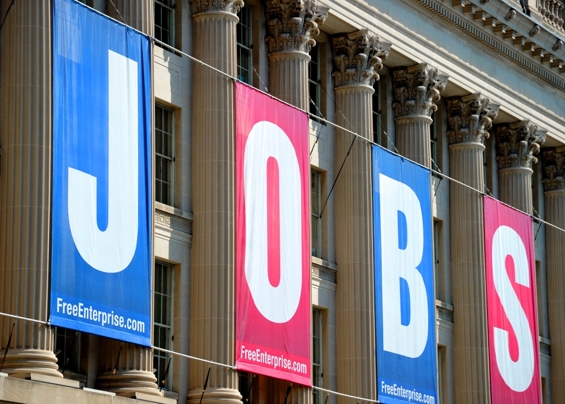In October, jobs growth in the United States sharply decelerated as hurricanes and labor strikes created significant economic headwinds. According to the latest figures from the Labor Department, employers added only 12,000 jobs last month, a drastic drop from the 223,000 new positions recorded in September. Despite the slowed hiring pace, the unemployment rate remained steady at 4.1%.
Impact of Strikes and Weather on Employment Numbers
The Labor Department highlighted that the striking workers—mainly those at aerospace giant Boeing and Textron—have significantly impacted the labor landscape. Manufacturing employment took a substantial hit, decreasing by 46,000 jobs due to “a decline of 44,000 in transportation equipment manufacturing that was largely due to strike activity.” Over 30,000 Boeing employees, striking since mid-September, have contributed to a noticeable decline in aircraft production. Workers at Textron, another aerospace player, have similarly disrupted manufacturing as they joined the industrial action.
Further compounding October’s weak employment numbers were two hurricanes: Helene, which swept through the southeastern United States in late September, and Milton, which struck Florida shortly thereafter. As a result, 512,000 individuals reported being unable to work due to extreme weather conditions, according to Labor Department data. However, the survey, as stated by the department, was “not designed to isolate effects from extreme weather events,” making it difficult to assess the full impact.

Expert Analysis: A Temporary Setback?
While the 12,000 jobs gained in October was disappointing compared to expectations, analysts believe the number doesn’t fully represent the underlying health of the U.S. labor market. Brian Coulton, chief economist at Fitch Ratings, commented, “At face value, the 12k increase is obviously a weak number but it follows a very robust increase in September and was affected by strikes and possibly by the hurricanes.” Economists surveyed by Reuters had forecasted a significantly higher figure of around 113,000 new jobs.
Meanwhile, the Federal Reserve is expected to proceed with a 0.25% interest rate cut next week despite October’s jobs report, as indicated by Seema Shah, chief global strategist at Principal Asset Management. “Quite clearly, the hurricane has taken a heavy toll on the numbers, clouding the picture of labor market strength,” Shah said, suggesting that this one-off disruption is unlikely to alter the Fed’s intended policy course.
Scientists Reveal the Human Lifespan Limit – And the Results Might Surprise You
Overall Trends in Job Growth and Wages
Even prior to October, the labor market had been showing signs of cooling, with monthly job growth slowing and unemployment edging slightly higher over the past year. Average hourly earnings have risen by 4% over the past 12 months, reflecting an upward trend in wages despite the recent employment slowdown. The Fed, having already implemented a larger-than-usual interest rate cut of 0.5% last month, is carefully monitoring the labor market to prevent further softening.
As the U.S. presidential election looms, the state of the economy remains a central issue. With the latest jobs report presenting a mixed picture, voters may be left to ponder the broader implications of these numbers for the nation’s economic future.

What’s Next?
For now, the October jobs data adds another layer of uncertainty as Americans head to the polls. As some experts predict, November may see clearer skies for the labor market if the disruptions prove to be short-lived.

